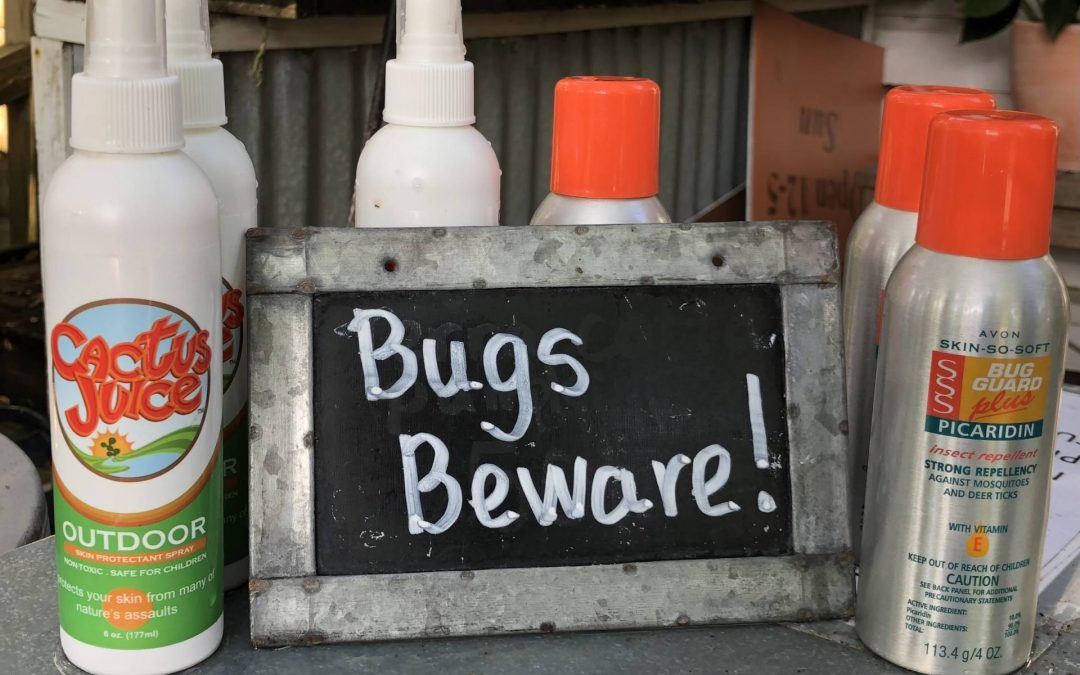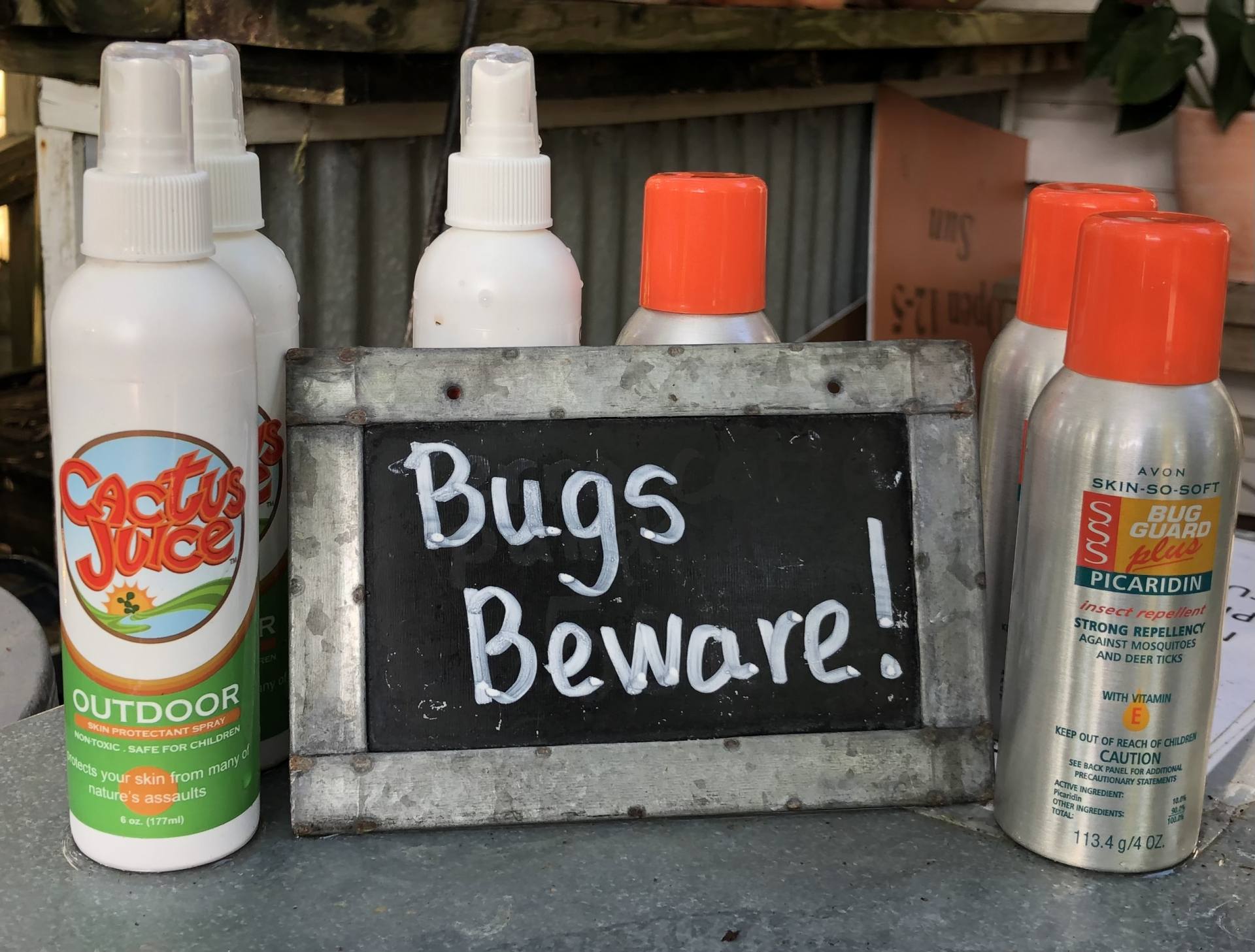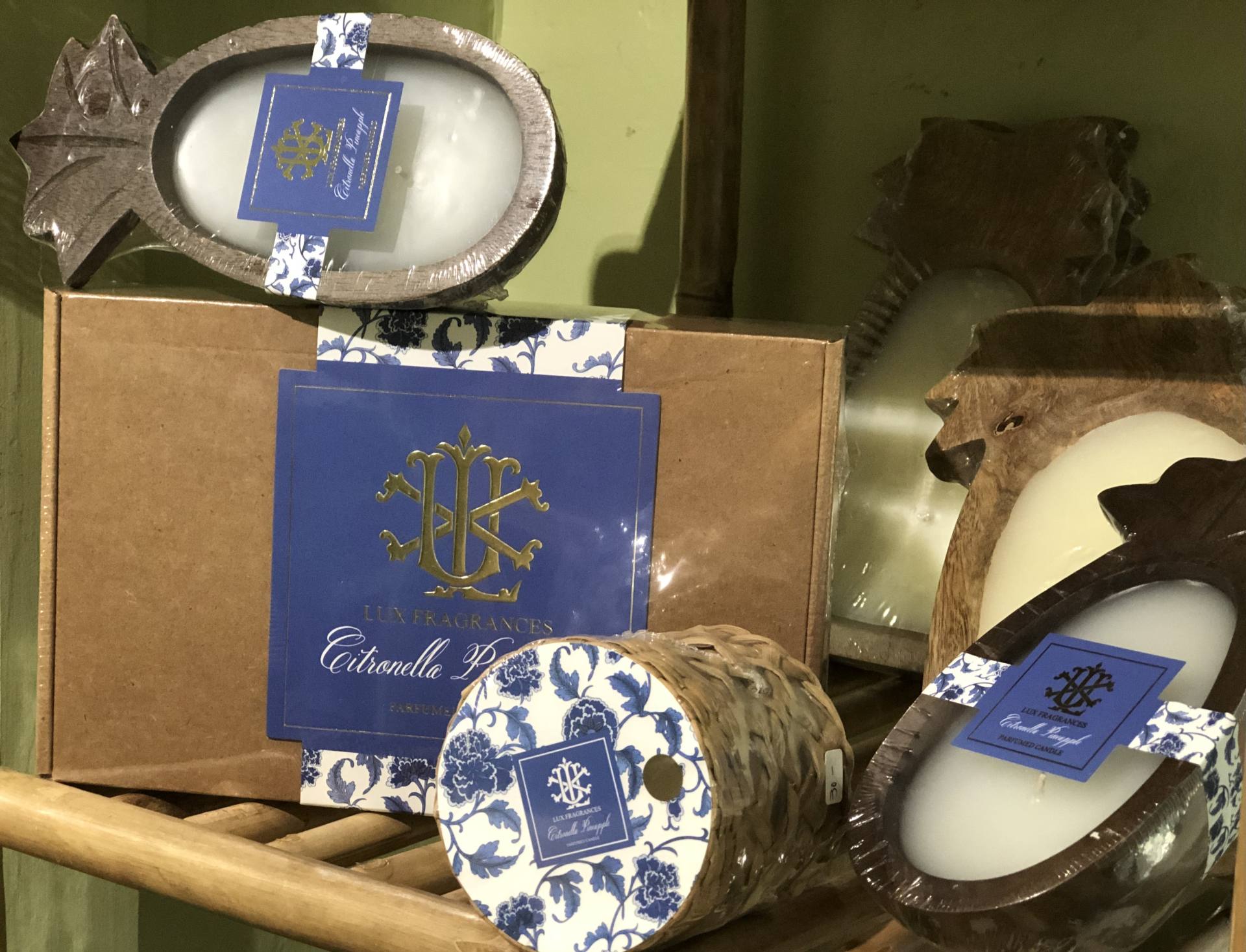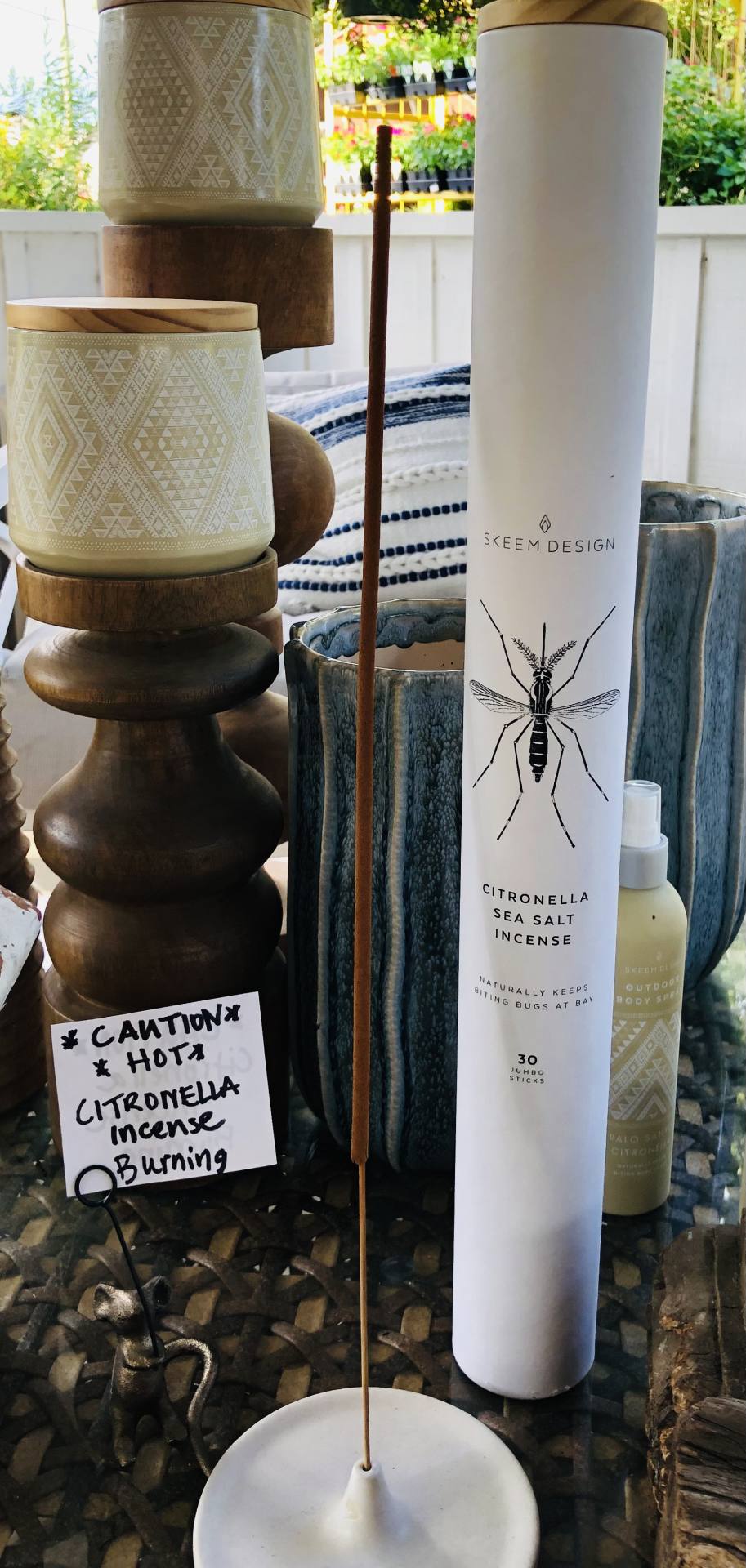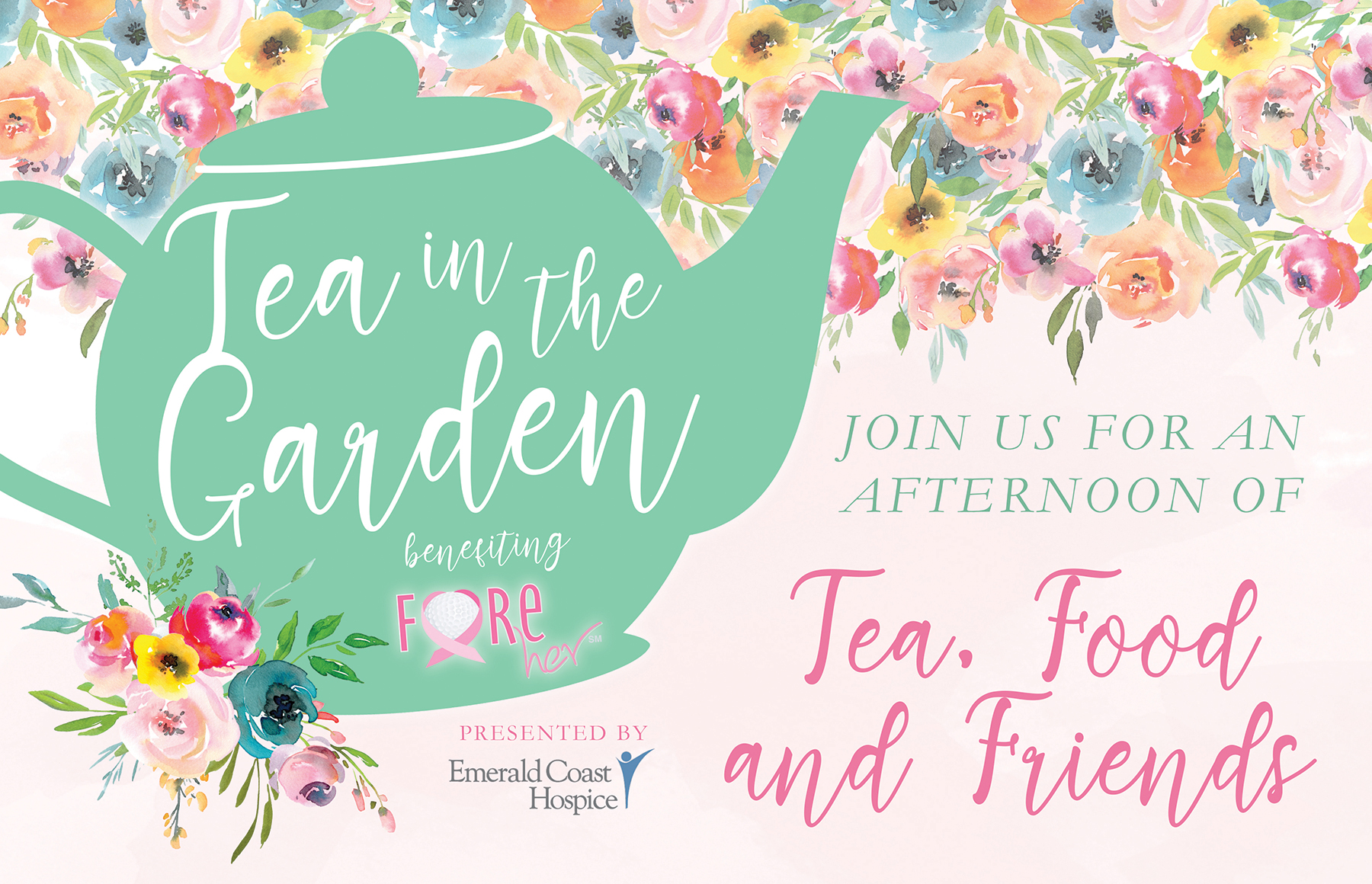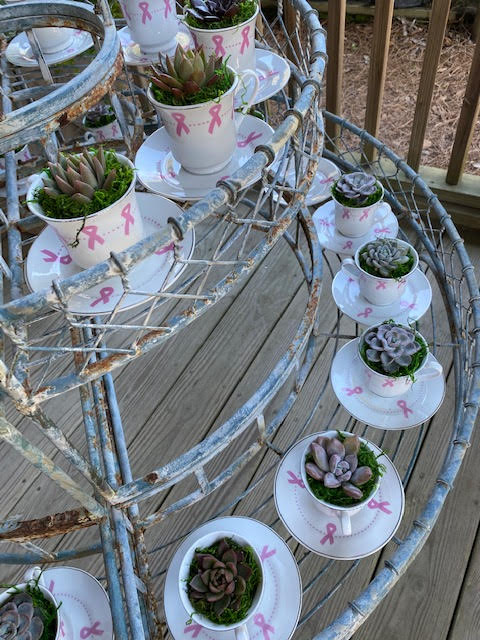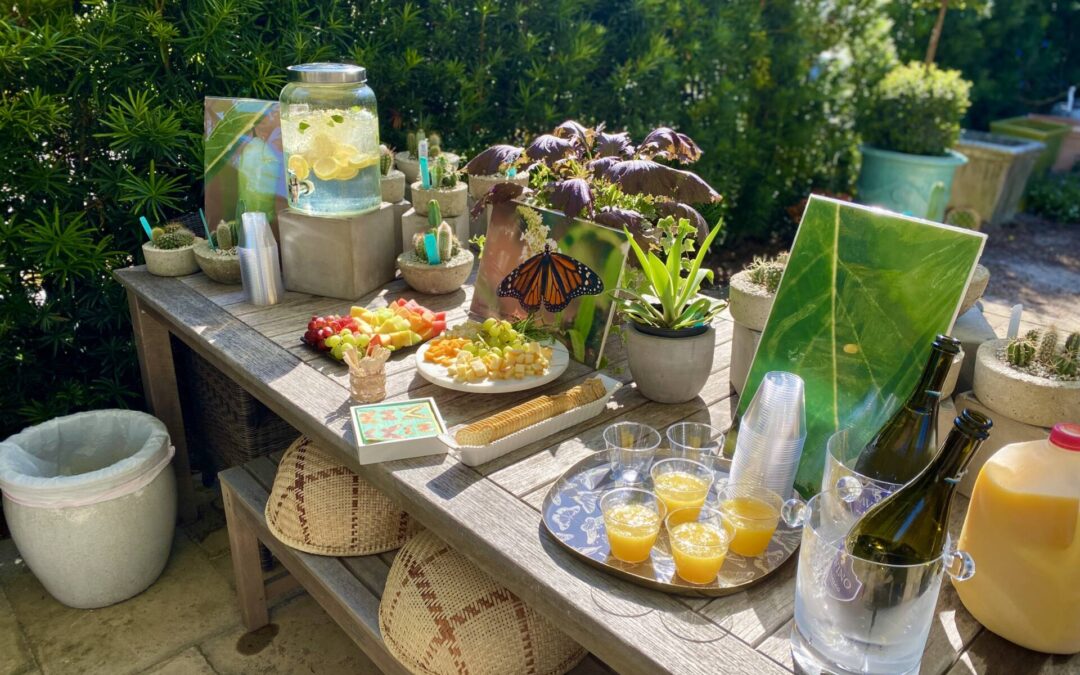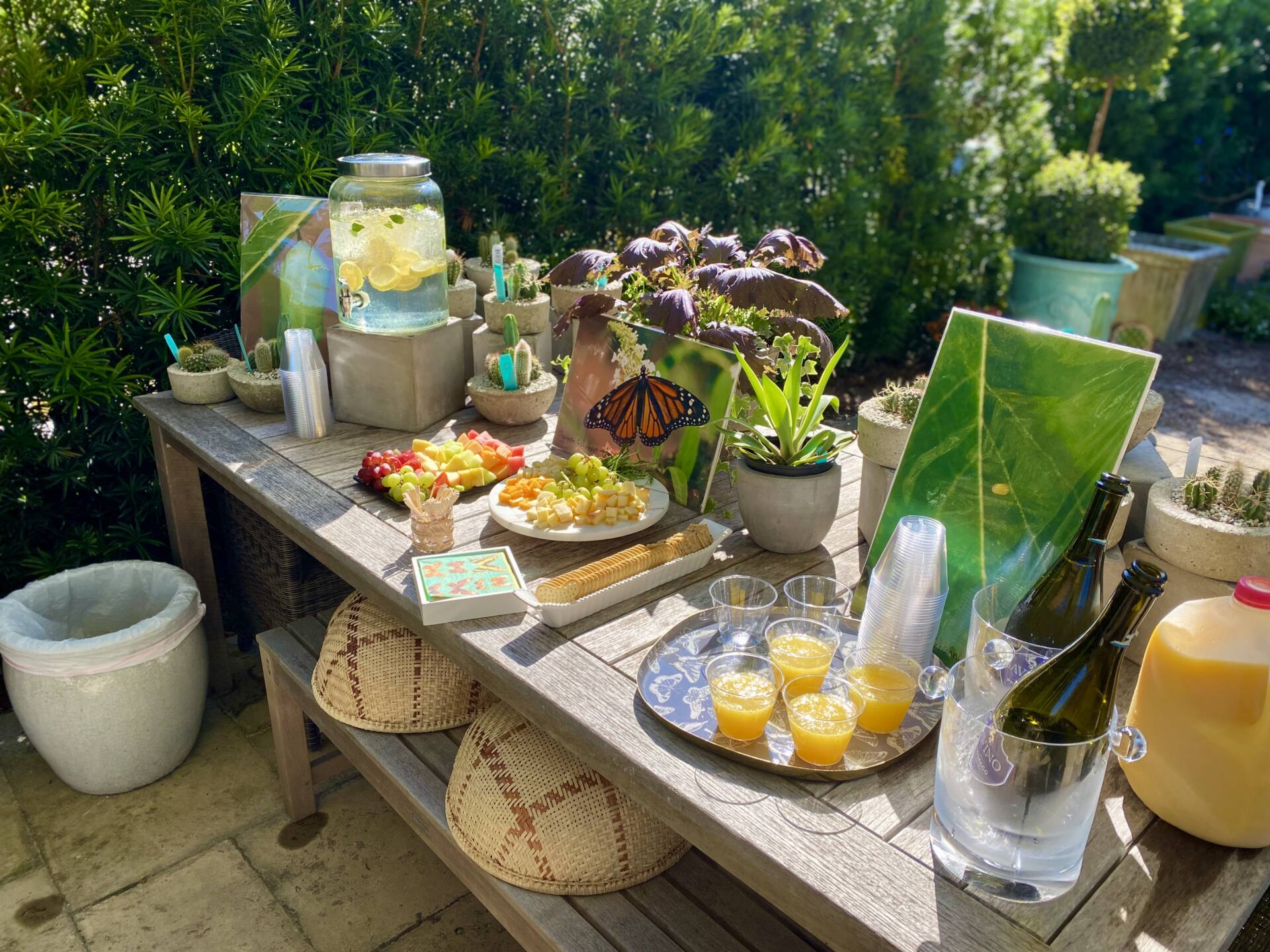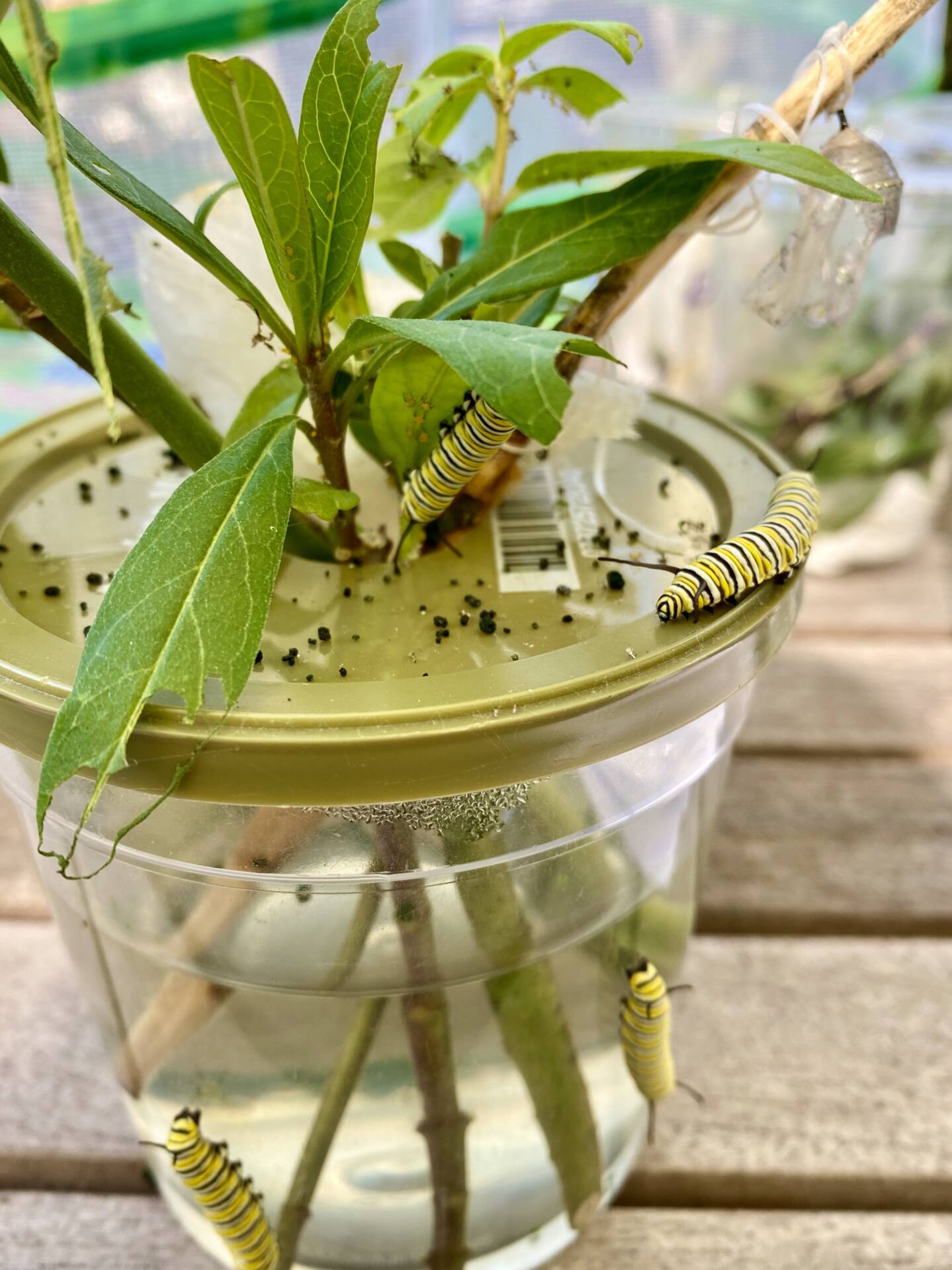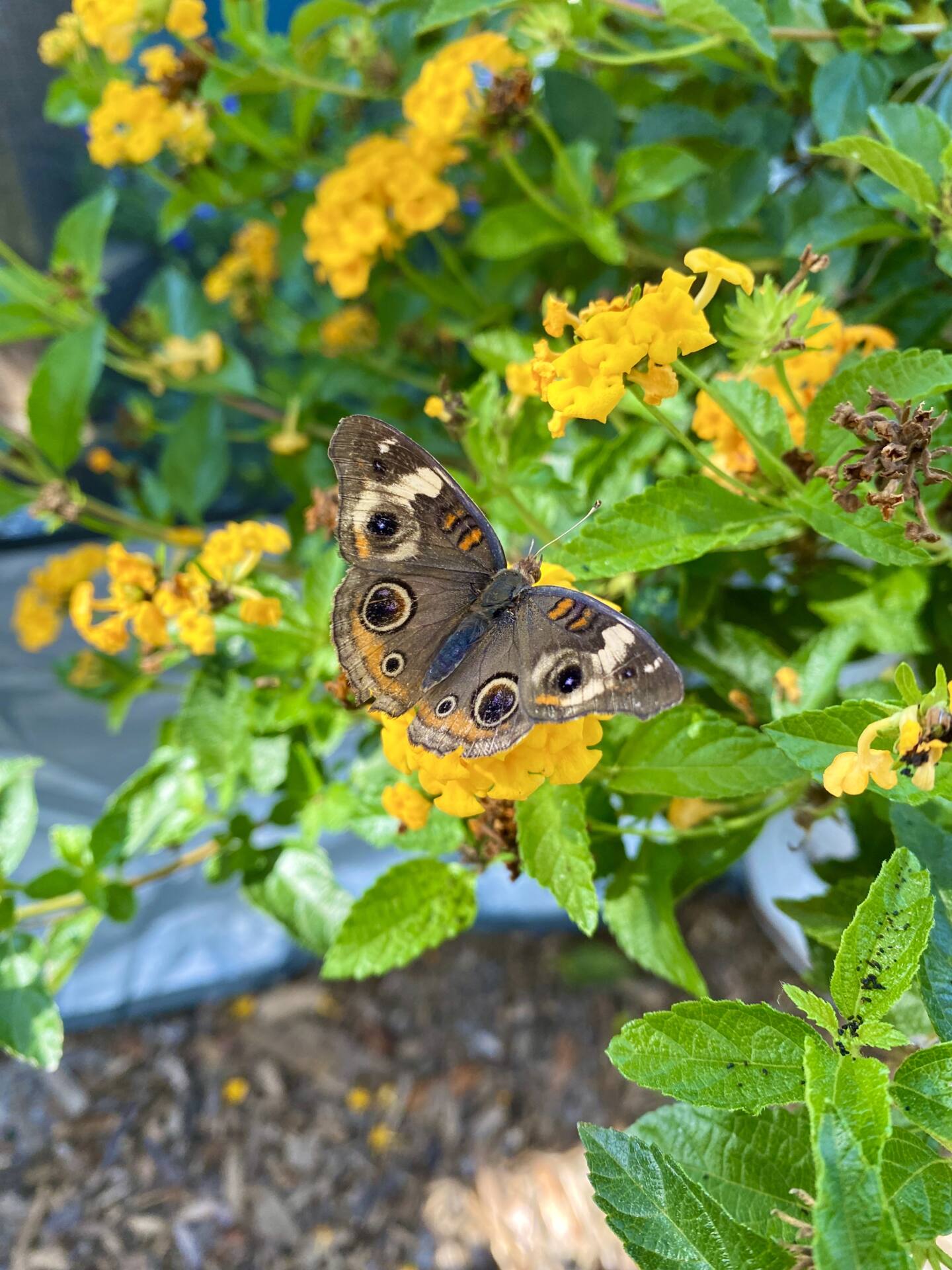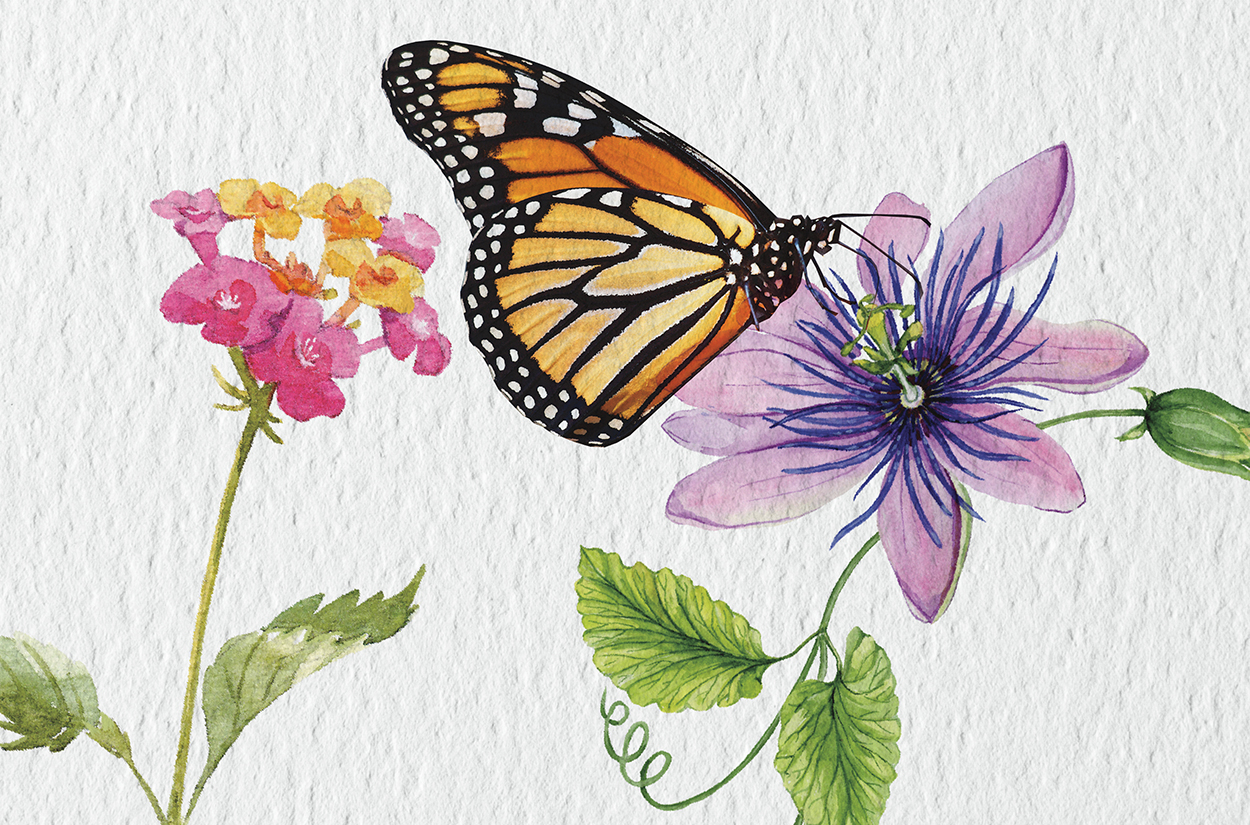Enjoy Tea In The Garden and light bites with a gorgeous view of the Clay 30A gardens. Guests will enjoy great company while raising funds for breast cancer patients along the Emerald Coast.
During the event there will live music, a photo booth sponsored by Own at the Beach Team, light bites by Swiftly Catered, complimentary rose by Good Clean Wine and Waterhouse Provisions, a silent auction and more! Big hats encouraged for a chance to win “Best Hat” prize.
Gather your friends and join us for Tea In The Garden at Clay30A benefiting Fore Her! Click for Event Flyer
Sponsorship opportunities are still available. Email Amy Walsh for more information amy@foreher.org or visit the Fore Her website www.foreher.org
Tickets are:
$50 donation per person
$45 donation per person for Breast Cancer Survivors
